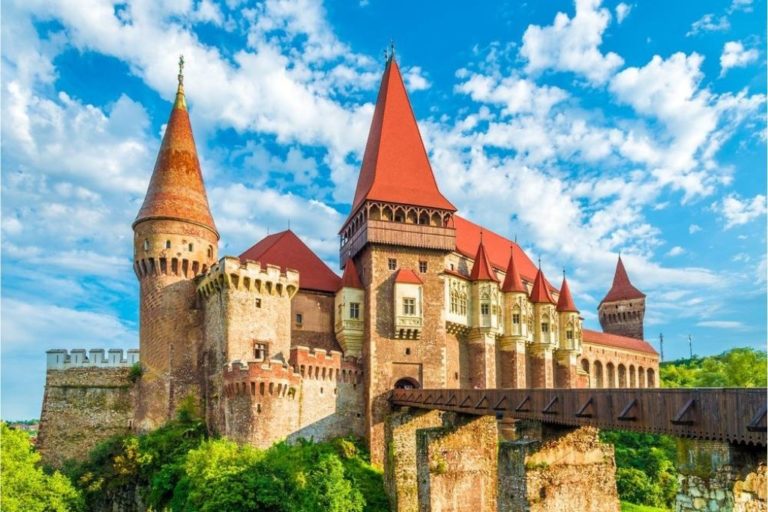Officially called the Republic of Austria, it is a landlocked East Alpine nation located in the southern part of Central Europe.
As one of the fascinating nations in Europe, Austria is a must-see for anyone visiting Europe. In addition, Austria offers a variety of natural attractions that embrace its mountainous terrain.
It is well known for its outstanding wine, mountains, and culture.
Austria is where you can ski in the morning, and taste wine in the afternoon. It is also an excellent destination for those seeking outdoor activities and peace of mind in nature. Not to mention, you can also check out exciting culinary innovations in Austria.
The capital city of Austria, Vienna, is a historic seat that has also been the former seat of the Holy Roman Empire. The town boasts amazing architecture.
Geography
The Czech Republic borders Austria to the north. In contrast, Slovakia bounds the country to the northeast, Hungary to the east, Slovenia to the south, Italy to the southwest, Germany to the northwest, and Switzerland and Liechtenstein to the west.
Austria extends about 580 kilometers from east to west.
The landscapes of the country comprise mountains and forests. The capital city, Vienna, lies where the Danube River emerges from between the hills into drier plains.
The country is a land of lakes. These lakes are a legacy of the Pleistocene Epoch. The largest lakes of Austria are Lake Constance in the west and Nesuiedler Lake in the east.
Most of the country’s terrain drains into the Danube River system.
Climate
Different climatic zones affect the country’s climatic conditions.
The country has the highest humidity level in the west due to the prevailing wind coming from the west. Humidity decreases as it moves towards the east.
The western regions of Austria are wet and have an Atlantic climate. It gets a rainfall of about 1,000 mm.
However, the eastern regions are dry and have a continental type of climate with fewer precipitation levels.
The hilly regions and lowlands of Austria have a median temperature of -1 degrees Celsius in January and 20 degrees Celsius in July.
Higher elevations have temperatures of about -11 degrees Celsius in January and 2 degrees Celsius in July.
Nature and Wildlife
Austria has rich vegetation. Woods and meadows cover the country’s two-thirds of the land.
Forests cover two-fifths of Austria. These forests are one of the densest in central Europe.
These forests have an abundant number of larch, oak, and beech trees.
Coniferous trees dominate higher elevations such as the Alpine and foothill regions.
There are fewer wild animals in Austria, and those left are protected by conservation laws. Such wild species are brown bears, eagles, owls, cranes, swans, storks, buzzards, and falcons. Deer and beer are also found in the forests.
The rivers of Austria house the rainbow trout, pike, perch, grayling, and carp.






